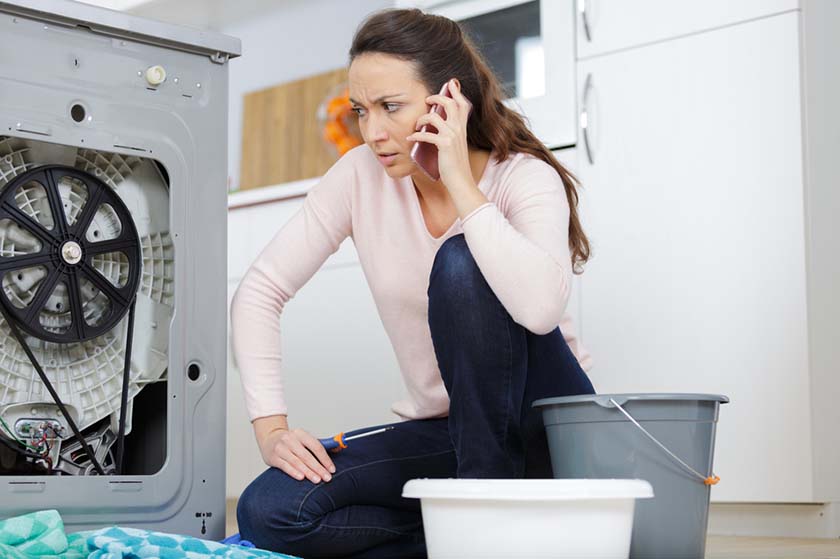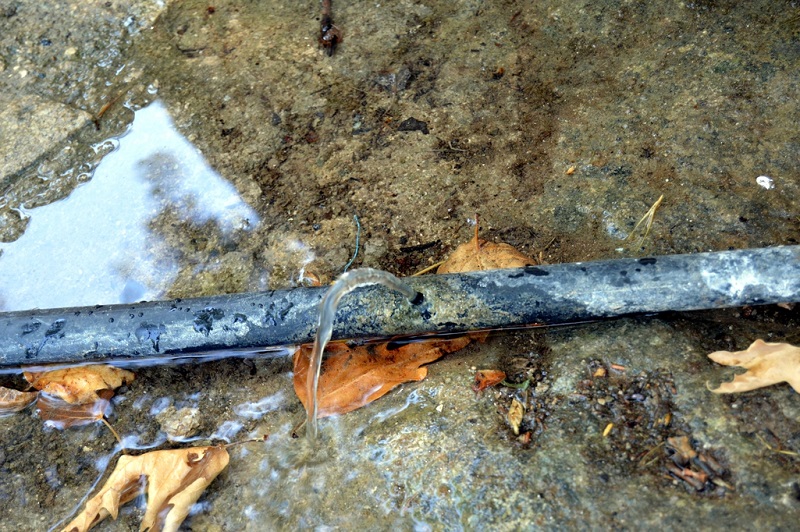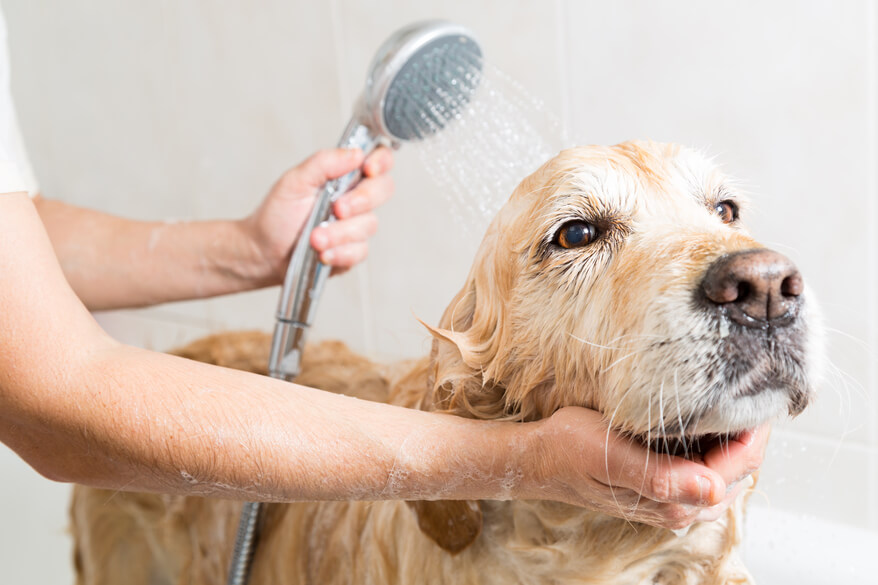It’s one thing to have scheduled plumbing work done in your home when you have time to research and find the right plumber to work with. However, when there’s extra water in your Etobicoke home where there shouldn’t be, and that plumber is unavailable, you might need an emergency plumber. Here’s what you need to know about when to call an emergency plumber.
What is an emergency plumber?
An emergency plumber is a plumber who is on call, ready to help you in the event of an emergency. Water coming into your home can damage your home very quickly, and you need someone who can get to you fast.
When should you call an emergency plumber?
If there’s water pouring down from your ceiling or you’re up to your knees in water in your basement, that’s pretty clear: you need to call a plumber, and now.
Some other situations, though, are not as clear as to whether you need to call a plumber now or if it can wait. Here are several situations where you should be calling an emergency plumber:
Flooding – Water coming into your home quickly, without an obvious source, is categorized as an emergency. Flooding in your home can have several causes. If you don’t have a professional come quickly with flooding in your home, it can cause a lot of damage.
Leaking (or burst) pipes – One of the most common causes of flooding in a home will come from either leaking or burst pipes. Even if it doesn’t cause a total flood in your home, a burst pipe is definitely cause for calling an emergency plumber. If you experience this, you should turn off the water to your home to prevent even more flooding.
Overflowing toilet – Almost all homeowners will experience a clogged toilet once or twice over the course of owning a home, and usually, this can be handled by homeowners on their own. However, a clogged toilet is not the same as an overflowing toilet – an overflowing toilet is a much bigger problem and one you should be calling in a plumber for now. An overflowing toilet could be a simple fix, or it could be the product of much more complicated plumbing issues. Either way, it is cause for calling an emergency plumber.
Sewage Odours – Have you noticed that there are unpleasant odours coming from a faucet when you run the water? If so, this could be a major cause for concern. The scent is often a sign of something wrong with a sump pump, septic system, or the overall plumbing of your home. In some cases, it could be indicative of the sewer backing up into your home, and if this happens, you won’t be able to use the toilets, sinks or showers in your home until the sewer line gets fixed.
Contact D. Jason Plumbing today
If you are experiencing one of these plumbing emergencies or any other plumbing situation, we offer emergency plumbing services for homes across Etobicoke and the surrounding area.





